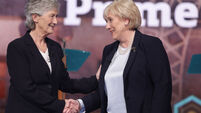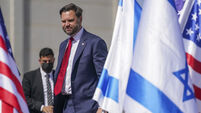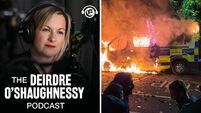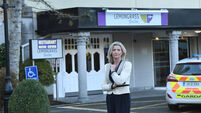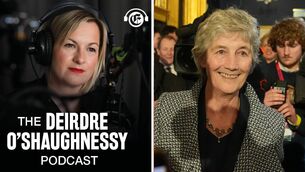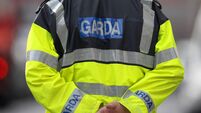“History is a nightmare from which I am trying to awake” — James Joyce, Ulysses.
Martin Roper arrived in New York on September 10, 2001.
A Fulbright scholar, he had left Dublin seven years earlier to study at the prestigious Iowa University in the International Writing Program.
One condition of his scholarship was his return to Ireland after his studies concluded, which he did, before moving back to New York with a novel about to be published and a short story set to appear in the November issue of the New Yorker.
As far as turning points in a young writer’s life go, his second day in New York was traumatically memorable.
“I was staying with a writer friend of mine in Manhattan. When we realised what was happening, we both started crying — I think for different reasons.
“He was crying for his America, I think I was crying knowing what was coming next.”
What did come next was the invasion of Afghanistan. When Roper’s story appeared in the New Yorker two months later, the magazine’s cover depicted Thanksgiving turkeys being heaved from a B-52 bomber to expectant Afghani people below, silhouetted against the snow-capped Tora Bora mountains.
That war inspired much “evocative” content but, looking back, the hubris is clear. The turkeys will set you free? It was only a cartoon, but given what we know now, it is fair to ask whether the real bombers stopped off at Shannon Airport en route to Kabul.
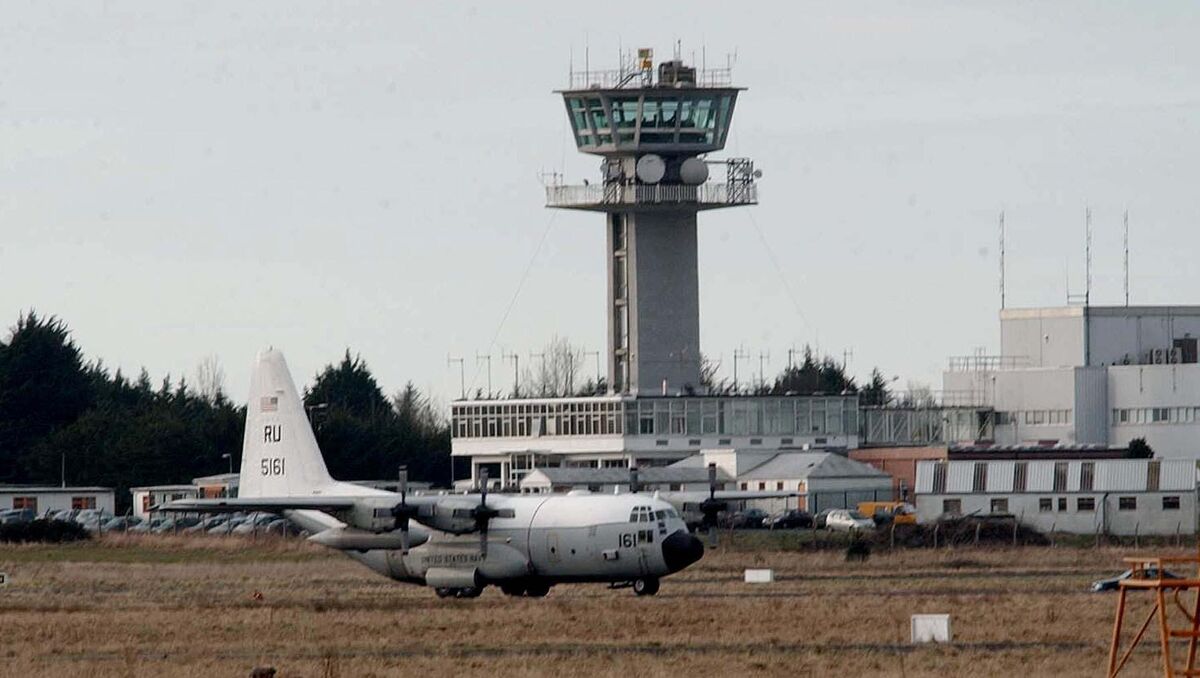
Like many, Roper admits he was able to park his discomfort with US foreign policy as he settled into a comfortable American life.
Teaching at New York University, he became a respected member of a thriving literary community. Life was good — too good, perhaps.
“It numbed me to the wider world,” he reflects now, “a world where America’s influence was much more nefarious than I realised.”
“It took me to come home in 2015 and meet my partner [writer Mary Costello] to realise my own ignorance. What was happening in the Middle East and North Africa. The complicity of governments. The complicity of Ireland. That’s why I go to Shannon every Sunday to protest. I realise the futility of it, but what else can I do?”
Roper’s activism may be relatively recent, but Ireland’s status as a cog in the American military machine stretches back decades: From the Korean War in the 1950s, through the first Gulf War and the subsequent occupations of Afghanistan and Iraq, to its current role in the ongoing assault on Gaza and the occupied territories of Palestine.
Public dissent at Ireland’s acquiescence to Washington peaked in February 2003, when an estimated 100,000 people protested in Dublin — the largest anti-war rally in the history of the State
At the heart of that protest was Shannon. While no formal invitation was issued by taoiseach Bertie Ahern to president George W Bush, the diplomatic body language was clear. In a war framed as either with America or against it, the Irish government chose to open its arms — without the consent of the Irish people.
The use of Shannon Airport by US military aircraft has its roots in Ireland’s strategic position as a transatlantic stopover.
America is not the only external actor to take advantage: Soviet carrier Aeroflot once established a base there, allowing commercial and cargo flights from Moscow to refuel in Ireland en route to Cuba, Angola, and beyond.
Shannon became the biggest Soviet transit airport outside Moscow until the 1990s, a history still visible in photographs displayed in the departure hall.
Military use of the airport, however, is governed by law. According to the Air Navigation Order of 1952, foreign military aircraft are not permitted to fly over or land in Ireland without explicit permission from the minister.
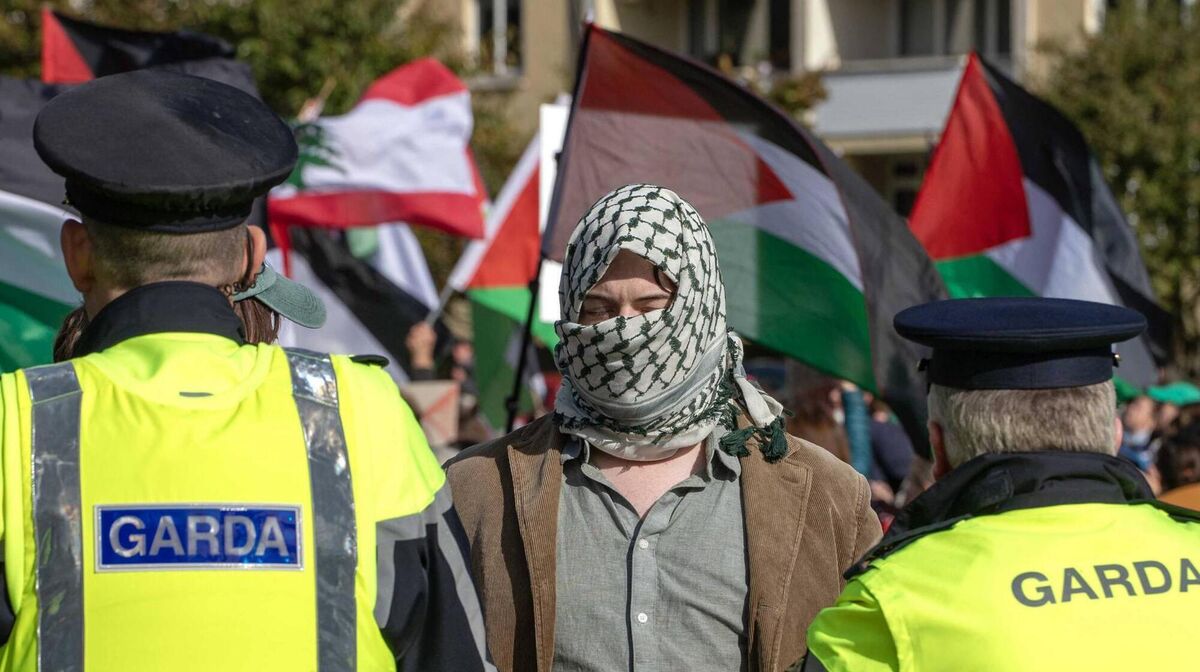
A 1959 agreement gives US military planes the right to fly over Ireland without prior notice, provided they are unarmed, carrying only passengers or cargo, and following navigation rules.
Landing rights still require permission as long as planes are not transporting weapons or munitions, involved in military operations starting from Ireland, or engaged in intelligence gathering.
Any civil or military aircraft planning to transport weapons or war materials through or into Irish airspace must apply for a specific exemption from the Irish Government.
Permission is required even if the weapons onboard aren’t loaded or immediately ready for use. This policy is designed to help maintain Ireland’s veneer of neutrality.
US civil aircraft must apply to the Department of Transport to carry troops or equipment over Irish territory or to land at airports like Shannon.
Charter and cargo airlines such as Omni Air International and Atlas Air, which often work under government and military contracts, are among the most frequent users of these permissions.
Ireland also reserves the right to deny or ground flights if it discovers that weapons or undeclared military cargo are being transported.
The global reaction to the invasions of Afghanistan and Iraq brought Ireland’s subservience into sharper focus, prompting many to challenge the Government’s position, which they contended amounted to direct complicity.
Edward Horgan, a former officer in the Irish Defence Forces, was a mature student at the University of Limerick and among the first to begin protesting at Shannon in November 2001.
Given his experience both as a peacekeeper and later as an election monitor for the EU in the Balkans, West Africa, Indonesia, and East Timor, he was wiser than most as to the reach and ramifications of US foreign policy.
“As a UN peacekeeper, I was stationed in Cyprus and the Sinai,” he says.
I saw firsthand the consequences of Israel’s wars in the Middle East, all backed by America
"Later, I monitored elections in Indonesia, a place the US was directly involved in committing genocide in the mid-sixties. My eyes were long opened to quiet complicity.”
On November 11, 2001, a bus full of student protesters left Limerick for Shannon, determined to make their voices heard through peaceful protest.
Two years later, Horgan took a case against the State in the High Court. He argued that allowing the US military the use of Shannon while engaged in wars in Afghanistan and Iraq was in breach of the neutrality of the State and the Constitution. The decision was not taken lightly.
“I recall my solicitor sitting my wife and I down at the time and warning us that, if we failed and the State pursued us for costs, it might run to the hundreds of thousands. We would effectively have lost our home,” he says. Despite this, he pressed on, undeterred.
“I remember thinking a house is bricks and mortar, what’s happening is much more important than that.”
The High Court ruled against Horgan, though he was spared the costs that might have crippled him.
“There was such energy around those protests in 2003. So many people were angry at Bertie Ahern welcoming the Americans to Shannon without it being put to the people.”
As the Celtic Tiger swept the country, anger largely turned to apathy.
“It was hard to watch,” says Horgan, now 80, “we kept going to protest, but the momentum was lost.”
Horgan never stopped. As recently as January 2023, he was acquitted by a jury in Dublin Circuit Court of the charge of criminal damage to a US military plane at Shannon Airport. He and co-defendant Dan Dowling had breached security six years earlier, spray-painting a peace slogan on a US navy aircraft.
“My family do get worried for me sometimes,” he says, “but the message is worth the risk.”
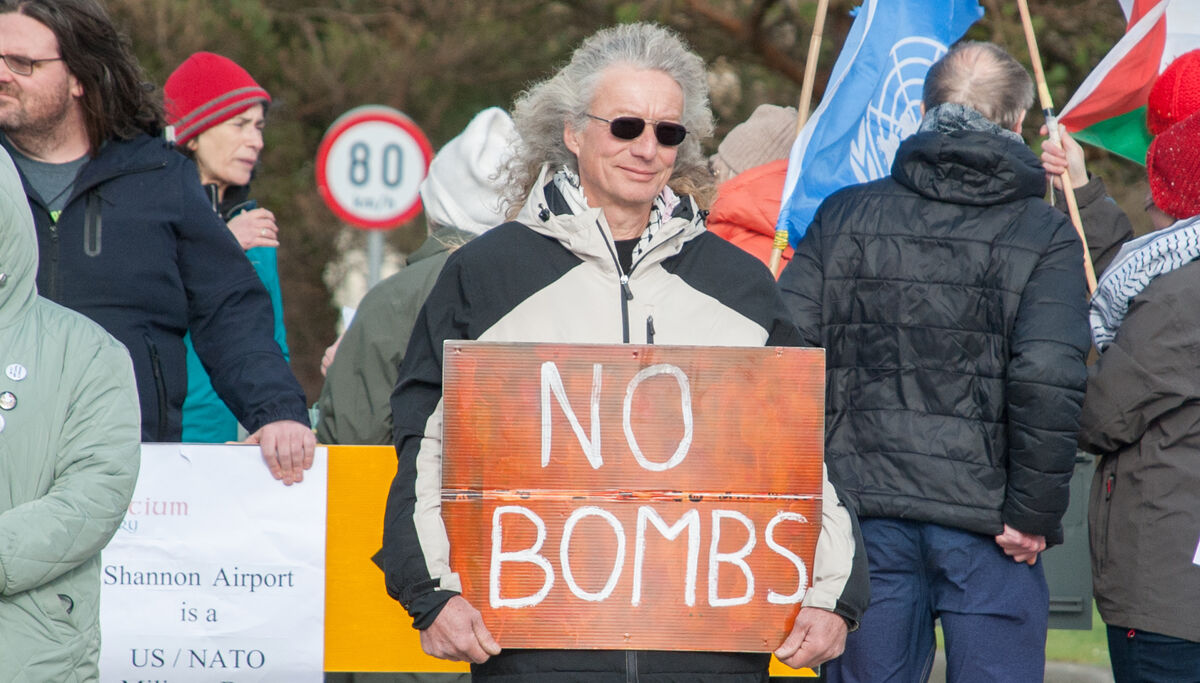
Horgan is encouraged that, in light of the ongoing genocide in Gaza, momentum is returning to the Shannon movement.
In May this year, three women were arrested for allegedly breaching the airport perimeter fence and causing damage to an Omni Air International Boeing aircraft. Last November, eight protesters were arrested following a demonstration organised by Palestine solidarity campaigners.
Activists from Shannonwatch also organise weekly peace vigils every Saturday and Sunday during July and August, starting around 6am at the airport’s entrance roundabout, maintaining public attention on the issue.
The heightened tension surrounding US military traffic through Shannon has only amplified in recent months following reporting by The Ditch that Irish airspace has been regularly violated by military aircraft transporting munitions subsequently used in Gaza. Despite repeated inquiries, the Government has yet to provide satisfactory answers.
Those alleged violations pre-date Donald Trump’s presidency, but his administration emphasised aggressive enforcement, expanded ICE staffing, and gave fewer legal protections for undocumented individuals. The Irish Government and diaspora groups fear that undocumented Irish — particularly those working in construction and service sectors — could be swept up in these enforcement efforts.
Visa processes, especially for student and J1 working holiday programmes, now include stricter vetting.
Public opinion remains slightly opposed to military use of Shannon. A 2016 Red C poll found that around six in 10 people opposed US military use of the airport, with strong support for constitutional protection of Irish neutrality.
Successive governments have largely ignored this sentiment, continuing to grant landing rights and overflight permissions to US military aircraft.
The contradiction is stark: While Ireland morally compromises itself to placate a country so deeply connected to Israel, the US administration simultaneously targets Irish immigrants — both documented and undocumented — with unprecedented measures that threaten livelihoods.
“Stephen Dedalus said in Ulysses that history was a nightmare from which he was trying to awaken,” Martin Roper reminds us.
Well, we are awake to the horror now. And the reality of our own involvement is worse than any nightmare
The fight for Irish neutrality at Shannon continues, a struggle defined by decades of public protest, legal battles, and weekly vigils that refuse to let the issue fade from public consciousness.
As activists maintain their presence, the debate over Ireland’s complicity, conscience, and sovereignty persists — a reminder that neutrality is not merely a legal formality, but a principle that requires vigilance, courage, and, above all, public engagement.
CONNECT WITH US TODAY
Be the first to know the latest news and updates





